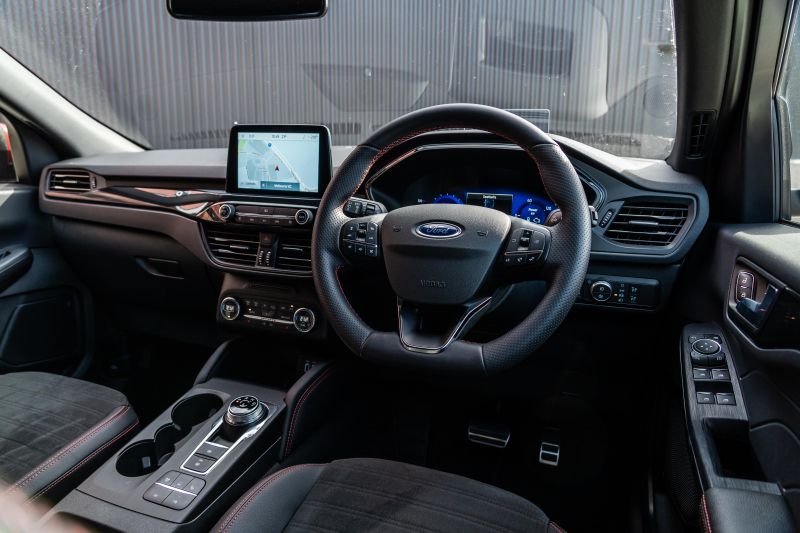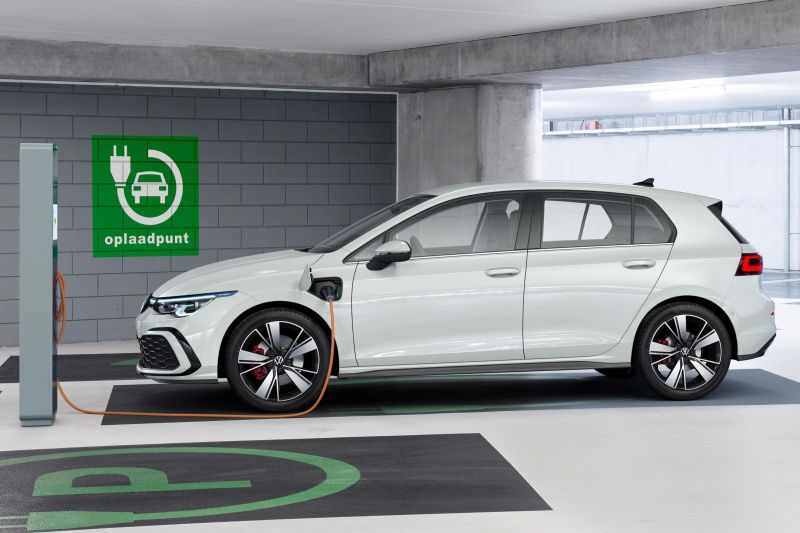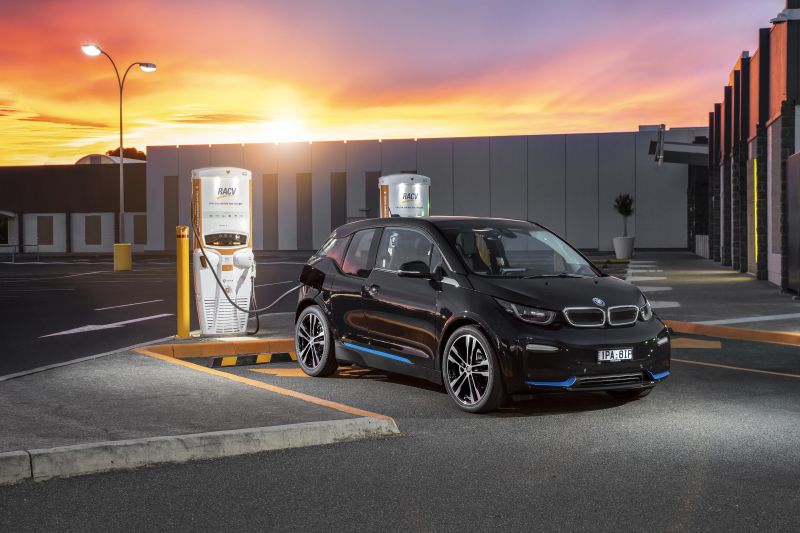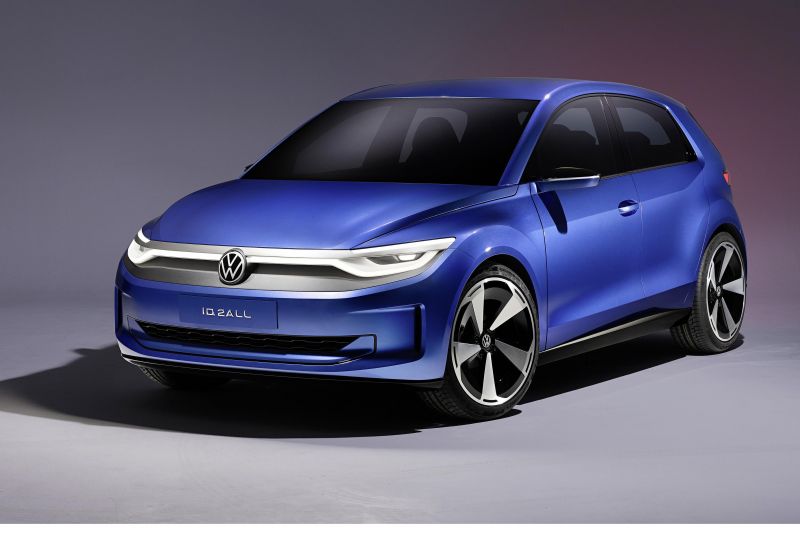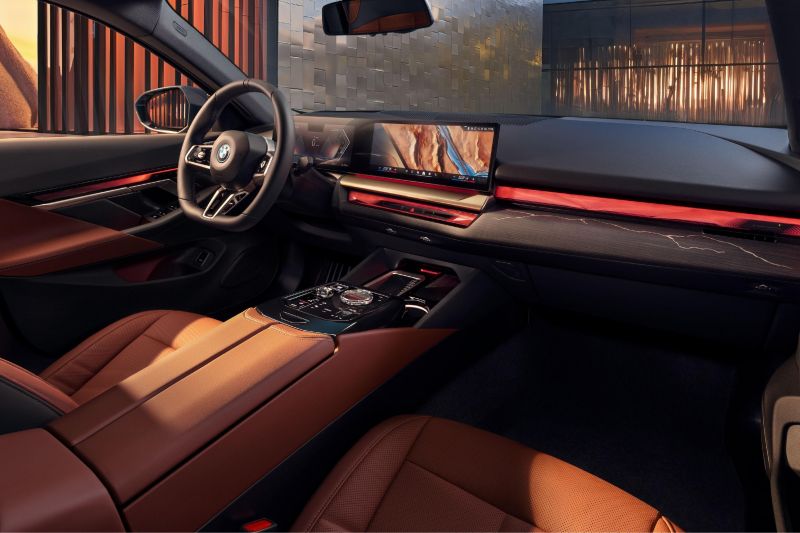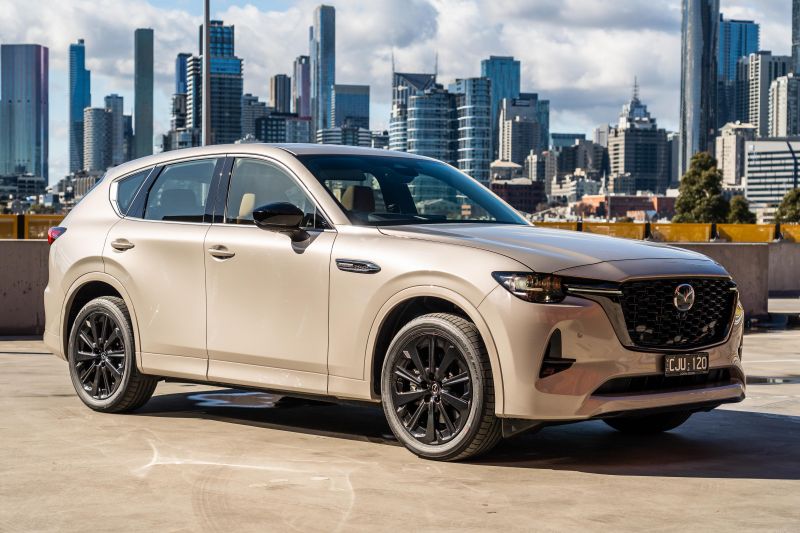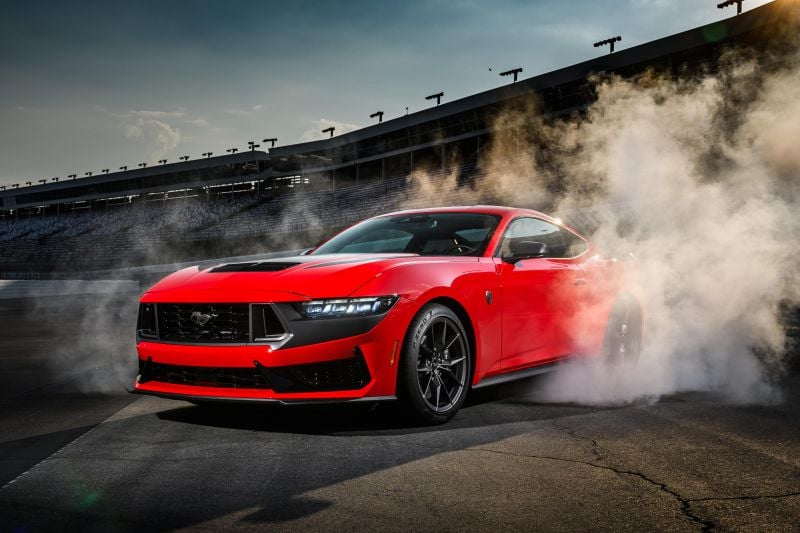Another year is going, going, gone in the automotive world.
That means it’s time to reflect on the good, bad, and ugly. Here are the stories, trends, and cars that most disappointed the CarExpert team in 2023.
William Stopford
The mid-sized SUV segment is Australia’s largest by volume. These vehicles have become the de facto family car for so many Australians as mid-sized and large passenger vehicles have disappeared. Almost every mass-market brand has a mid-sized SUV, some even two.
And yet Ford has left this segment. The Escape has, well, escaped, even though it continues to be sold in markets like Europe and North America.
Seriously, Ford?
The company has indicated this comes down to not being able to get enough volume. The Escape was always one of the lower-volume vehicles in this segment, but you’d be forgiven for thinking sales figures were low because Ford simply didn’t seem to market the thing.
Regardless of why it has been discontinued, it’s galling Ford now has no vehicle in this segment, and it just fuels the narrative the Blue Oval brand is the Ranger Car Company in Australia. Heaven forbid ute sales ever take a dive in Australia, because while the likes of Toyota and Mazda have a diversified product portfolio, Ford is heavily reliant on its ute.
The Escape itself wasn’t a class leader, but it had plenty going for it and I have recommended it to many people. In a segment full of petrol engines that are adequate but no more, the Escape’s punchy 2.0-litre turbo was refreshing – particularly as it was even standard on the base model.
The interior was a bit dull, the seats a bit crap and the styling a bit ‘bloated Focus’, but this was a car that deserved to sell much, much better than it did.
Ford wasn’t the only mainstream brand to withdraw from this segment of late, as Jeep pulled its dated Cherokee last year. But to date there’s no replacement for that car, so Australia isn’t alone in being without a Cherokee (though wow, talk about an even bigger strategic error by a car company!)
There’s a perfectly good Escape coming out of Ford’s Spanish factory. There’s a Bronco Sport coming out of Mexico that would likely do even better here. Get on it, Ford.
James Wong
The lack of initiative from manufacturers around more efficient and electrified vehicles. It’s no secret most brands in Australia have diverse line-ups of models and powertrains available overseas.
We’ve had heaps of commentary from executives calling for efficiency standards or better strategy and legislative framework around reducing fuel emissions and driving electrification uptake, but not so much action.
Criticise Toyota all you want, but at least the brand has committed itself to offering affordable, attainable electrified options across its line-up – bar some of its more specialised commercial and 4×4 vehicles. Other than the Chinese brands we’re yet to see similar widespread offerings from other brands.
If Australians want to take emissions reduction seriously, it needs to be a holistic approach that covers all powertrain types and price points, starting with hybridisation of lower-end parts of the market and more electrified choice where applicable higher up.
For example, where are the Volkswagen Group’s mild hybrid and plug-in hybrid options beyond limited availability from Audi and Cupra? Why is Mazda pulling its M Hybrid products from sale rather than making them the standard powertrain? How come BMW and Mercedes-Benz are leaving half of their model ranges (like PHEVs) overseas?
We should be getting more Euro 6 options with overseas-spec fuel-saving and emissions systems as a base point. The fact that most mainstream manufacturers are still bringing decade-old EU5 tech sans idle stop-start means the bulk of Australian motorists are using more fuel, and just idling away emitting tonnes of CO2 and NOx at the lights every day.
Further to that, while we’re one of the most competitive markets with the widest range of brands available to us, the lack of choice and the constant axing of key models (cough Ford) really grates.
Jade Credentino
This is tricky because it could be a variety of things; I feel like the industry has changed so much in the last 12 months.
My biggest disappointment is the Australian Government’s lack of effort to develop a charging infrastructure for electric cars at the rate consumers require.
It seems to be up to a few major companies to build networks around Australia, and when they are built there’s limited accountability for their reliability because we haven’t legislated uptime standards or maintenance requirements.
I have only required a public charger on a handful of occasions this year but on almost every occasion there was an issue with the availability or condition of the charger when I rolled up.
I think there’s a growing number of Australians who would seriously like to be an early adopter of electric cars, but the infrastructure isn’t like it is in parts of Europe which hurts sales, and stops OEMs from releasing products.
Multiple surveys have concluded the biggest factor stopping people from buying an EV is range anxiety. I am not saying offering more chargers is going to solely solve this problem, but I think more can be done to help.
Scott Collie
I can’t think of a properly game-changing car that debuted this year.
Small cars are getting more expensive and complicated, putting them further out of reach for average consumers.
Blame tightening emissions standards and a bloated list of necessary inclusions from safety bodies like ANCAP for that; it’s hard to make a car cheap when it needs to feature seven million cameras and radars for autonomous braking to protect butterflies as they blow across the road.
The average family sedan, SUV, or dual-cab ute looks much the same now as it did in 2022, or 2021, or even 2010, save for the proliferation of hybrids. It’s a step in the right direction, but Toyota has been doing it locally since the current RAV4 launched back in 2018.
In the luxury world, it feels like brands are running out of ideas. We’ve seen a lot of fancy interior lighting and bigger touchscreens, and marginally improved levels of refinement, but it’s hard to think of a segment-defining new car from a luxury manufacturer in recent times.
The new BMW 5 Series is an example. It’s lovely to drive, brilliant to look at, and special to sit in – but none of that is down to significant innovation, it’s down to the fact it’s now essentially a 7 Series. At least it’s more interesting than what Mercedes-Benz is doing; the proliferation of creaky plastics and same-same screens is getting downright sad.
A lot of the new cars debuted in 2023 feel stale, like the automotive world is in a holding pattern while carmakers gear up for the electric revolution that’s being legislated into force overseas.
Here’s hoping that changes in 2024.
Jack Quick
I remember coming into this year really looking forward to experiencing Mazda’s new premium SUV offerings, in particular the CX-60.
Now that the year is coming to an end and I’ve had a chance to drive the CX-60 in a number of different flavours, it leaves me with a funny taste in my mouth.
In theory the CX-60 should be fantastic with its available inline-six petrol and diesel powertrains and rear-biased all-wheel drive system, but the reality is the multi-clutch transmission is super clunky and the suspension tune is way too firm.
Hopefully Mazda can fix some of these gripes with an update of some variety.
Paul Maric
My biggest disappointment is brands failing to read the room on electric vehicles. Toyota and Subaru have both just rolled the arm over when it comes to electric vehicles – and in the case of Subaru, is offering comical pricing on what appears to be a thoroughly subpar electric car based on specifications. It shows how out of touch they are.
Polestar’s pricing has been bonkers for a long time, and it remains so high that you wonder whether anybody at head office was aware of a cost of living crisis. Maybe the brand thought nobody uses radar cruise control, which is why it’s still part of an options package that’ll set you back thousands of dollars.
It’s no wonder it sells barely any cars in Australia, and all the cars I see are driven by ride share operators – virtually guaranteeing a depreciation crash in years to come.
Tony Crawford
There are a few glaring disappointments which have already been mentioned, such as the Subaru Solterra, which may as well be shelved entirely or at least until its mid-life update comes along given its monumental delay and out-of-date tech compared with less expensive options from the likes of Tesla and BYD.
If you were going to spend that kind of money on a top-spec Solterra ($83,690 excluding on-roads) I’d prefer a new BMW iX3 from $89,100 with all the cool tech and one of the the best dynamic setups in the EV segment.
Nevertheless, my most disappointing moment of 2023 came after I’d placed a deposit on the new Mustang Dark Horse – after reluctantly selling my beloved 2018 Bullitt with suspension by Herrod Performance – on the back of its new-generation looks, technology, and most of all its power upgrade to 373kW and 567Nm… in the USA.
Then comes the news when we find out it’s got just 349kW and 548Nm in Australia, barely up on my old Bullitt.
No thanks. I’ll be looking for a used Mach 1 manual in the meantime, until I can buy back my Bullitt at some stage.

